There are smallserial, serial and bigserial numeric data types in PostgreSQL, which have obvious limits to 32767, 2147483647 and 9223372036854775807 respectively.
But what about GENERATED { ALWAYS | BY DEFAULT } AS IDENTITY, does it have any restrictions? Or maybe they are computed according to the provided data type (SMALLINT, INT, BIGINT)?
